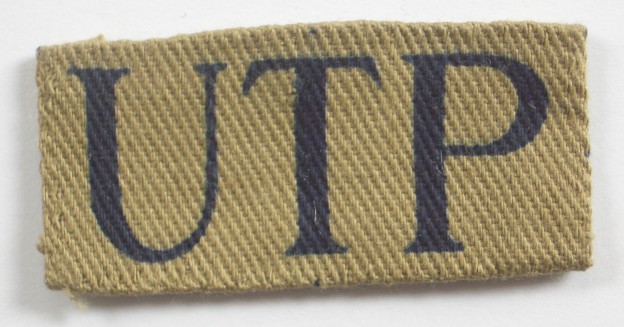Attending members and visitors listened to an enthralling talk presented by Bill King about the Upper Thames Patrol (UTP) on Thursday 14th January.
England was under serious threat of invasion in 1940 and everything and everyone that could be mustered were gathered to form, initially the Local Defence Volunteers; later to become the Home Guard. Part of this group were the volunteers called the Upper Thames Patrol. Their duties were to guard the navigable river Thames from Lechlade to Teddington Locks to include the riverbanks a mile and a half into the countryside and most of all to protect the bridges, locks and weirs from sabotage. In order to do this private launches and smaller vessels (with shallower draughts) were commandeered or offered by their owners for the duration. These craft were all numbered according to the area they were to patrol and were kitted out with fighting equipment. They of course had to defend themselves from the odd enemy fighter plane attack. Equally so the volunteers were trained and by the end of the war they were as qualified as any regular soldier. Some more so as they had to know how to handle their boats and operate the locks and weirs. Most of the men were in full employment on reserved occupational duties and were drawn form the farming industry and from factories such as MG and Morris. They had to do a minimum of 7 hours duty a week for which they received one shilling and sixpence (7.5pence) barely enough to buy two pints of beer in 1940.
Crossing the Thames by bridge is essential when going North to South or vice versa. In terms of defence the protection and indeed destruction of the bridges was equally as important as when the tables turned and we were on the offensive. The Upper Thames patrol was in charge of blowing up the bridges, locks and opening the weirs as a means of defence in case of invasion. The idea being to flood the surrounding planes and therefore bog down any advancing mechanised invasion. Early in 1940 all bridges were heavily protected by cunning roadblock devices and had gun emplacements strategically positioned to counter any attack. Some of these structures are still visible today such as pillboxes and large concrete barriers.
Most Pubs near to the river were commandeered as Headquarters for the group and consequently they became known as the “Up The Pub” lot.

